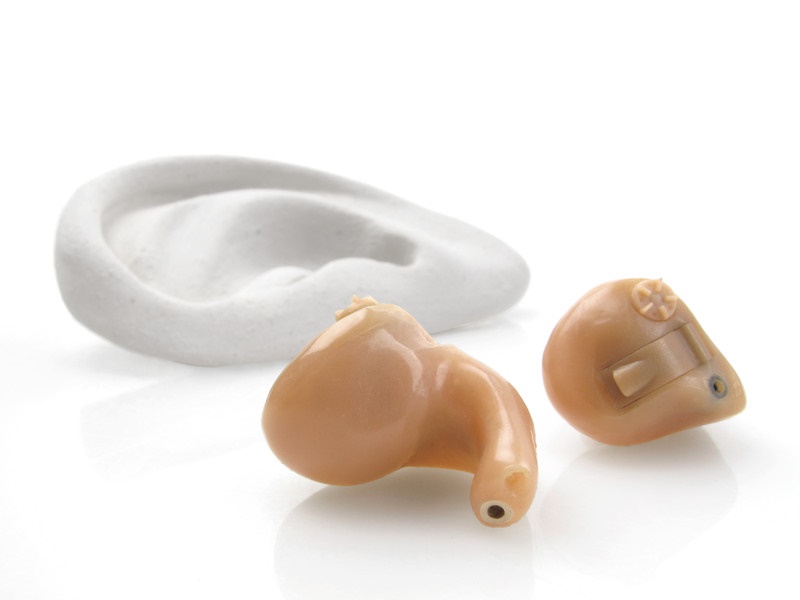
Are two hearing aids better than one?
If you’re looking for the quick answer, then yes, the majority of cases of hearing loss are most effectively managed with two hearing aids.
If you want to learn why, or are wondering about the reasons why we have two ears to begin with, then continue reading.
The Benefits of Stereoscopic Vision
Let’s start with vision.
When we view an image, each eye is provided with a slightly different version of that image. Our brains then analyze the differences between the two copies to produce the perception of depth. This additional dimension of depth—combined with height and width—helps us to experience the world in three dimensions.
If we had just one eye, our capability to perceive depth and distance would be highly affected.
The benefits of Binaural Hearing (Hearing with Two Ears)
The same phenomenon pertains to our ears and our hearing. Although we may not think about it, when we hear a sound, we can frequently judge both its distance and its location, in addition to its volume.
Each ear obtains a slightly different version of each sound, and those variations are translated by the brain in a way that indicates location and distance. This allows us to hear in three dimensions, so that we recognize how far away and which direction sound is originating from.
On top of being able to evaluate depth, distance, and location, having two ears also improves the quality of sound and increases the spectrum of sounds you can hear.
To check the concept of sound quality, the next time you’re playing music in the car, turn off both left speakers and notice how unnatural it sounds.
The Benefits of Two Hearing Aids
If our eye doctor informs us that we have vision loss in both eyes, we don’t seriously consider the benefits of getting fitted with one lens.
So when our hearing specialist informs us that we have hearing loss in both ears, why do we need to be persuaded to get fitted with two hearing aids?
As we’ve seen, our ears work together so that our brains can best interpret the distance, location, volume, quality, and range of sound.
With the power to determine the precise location of sound from the use of two hearing aids, you’ll be able to:
- focus on speech during a conversation even with heavy background noise.
- pick out distinct voices among many.
- enhance the range of sounds heard by up to four times.
- hear sounds without straining, which is less tiring.
- listen to sounds without the unnatural feeling of monaural hearing (hearing with one ear).
- Avoid the deterioration of hearing in the non-fitted ear.
That final point is significant. If you have hearing loss in both ears but use only one hearing aid, your hearing in the non-fitted ear can become even worse with time. This will quickly restrict your capability to achieve all of the benefits just explained.
If you believe that you have hearing loss, the initial step is to arrange a hearing exam with a qualified hearing specialist. Shortly after your hearing is tested, your hearing specialist will share the results with you in a chart known as an audiogram.
The audiogram will show you if you have hearing loss in one or both ears, but the majority of cases of hearing loss are in both ears.
If this is the situation, your hearing specialist will most likely highly recommend binaural hearing aids for both ears, and you’ll be offered the opportunity to try them before you buy—which is a great chance to assess for yourself the difference two hearing aids will make.